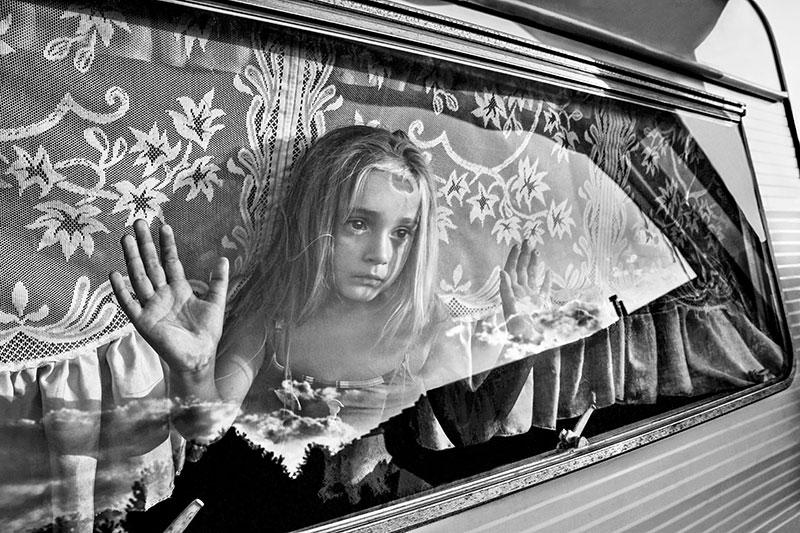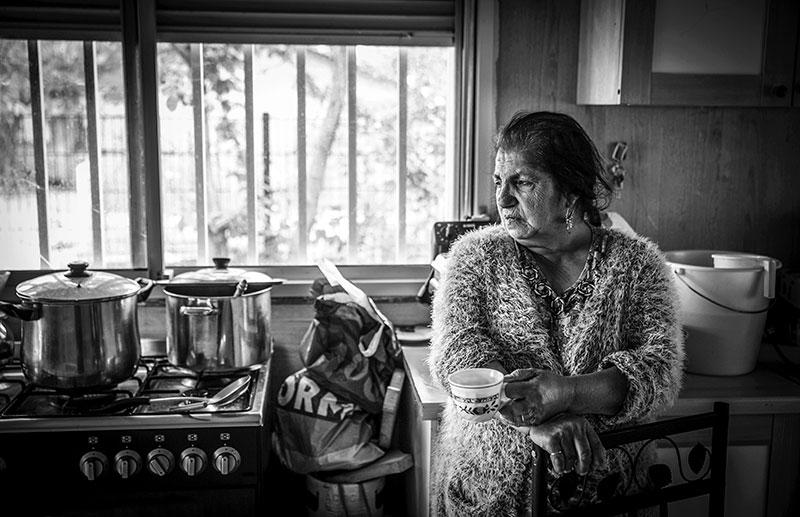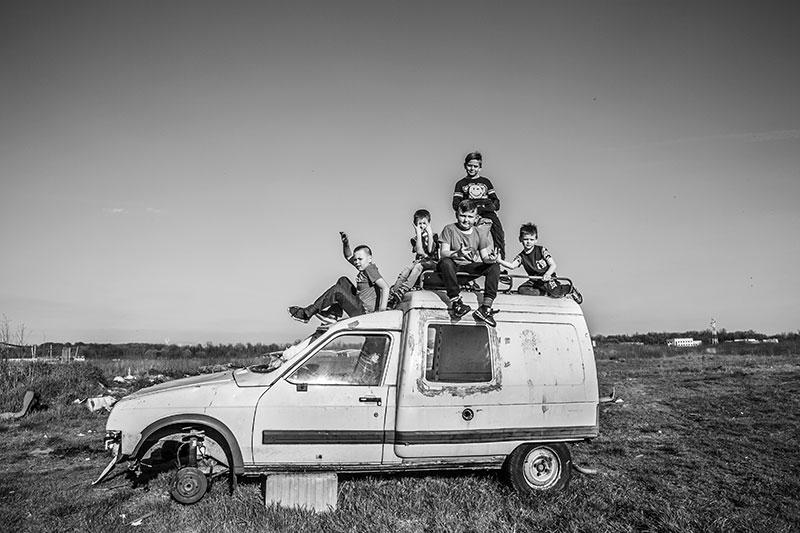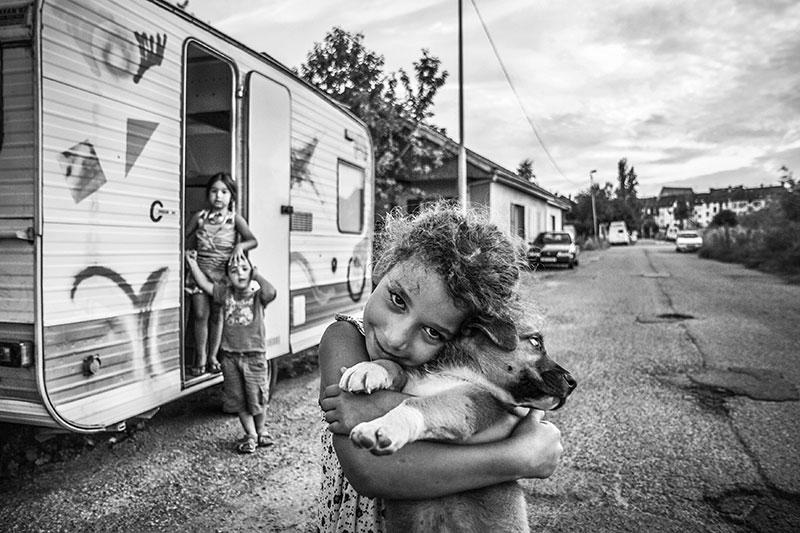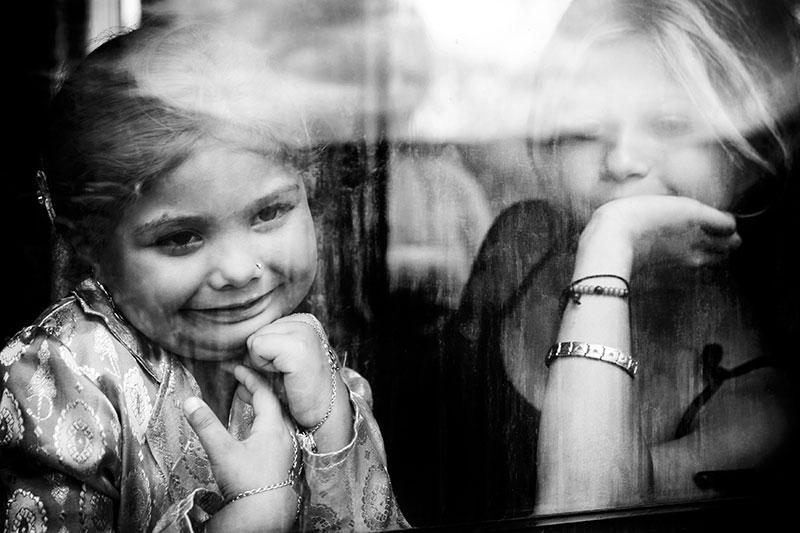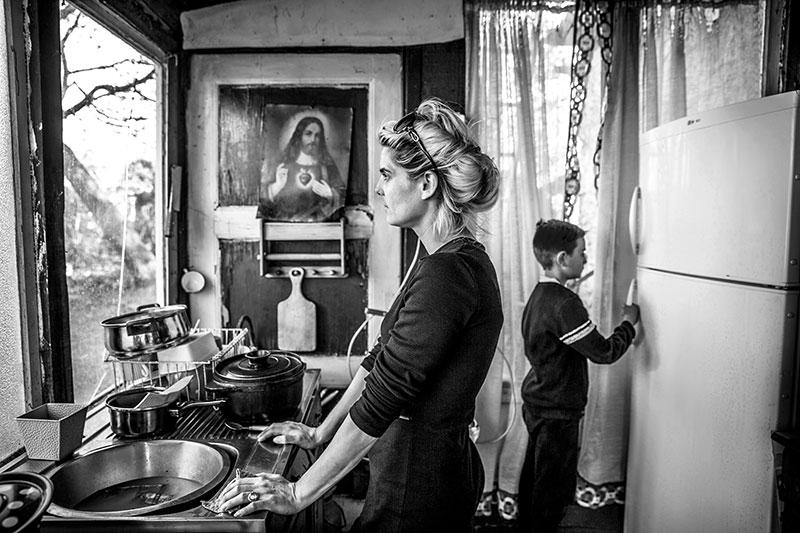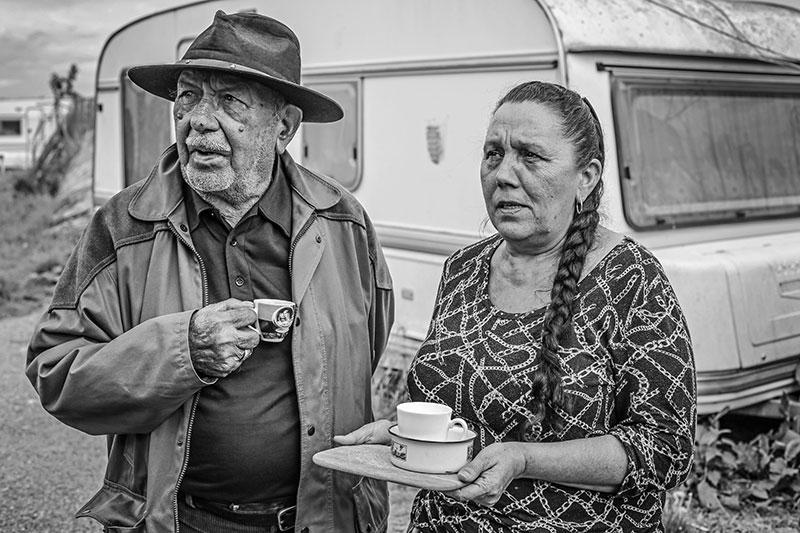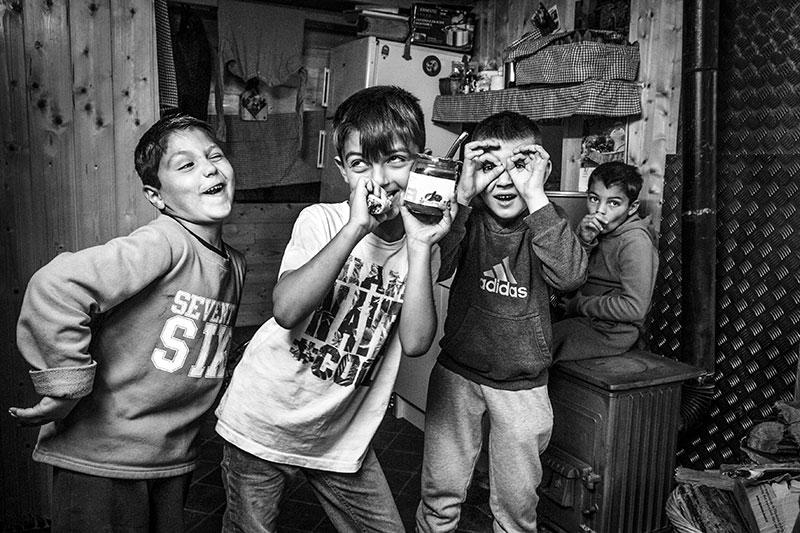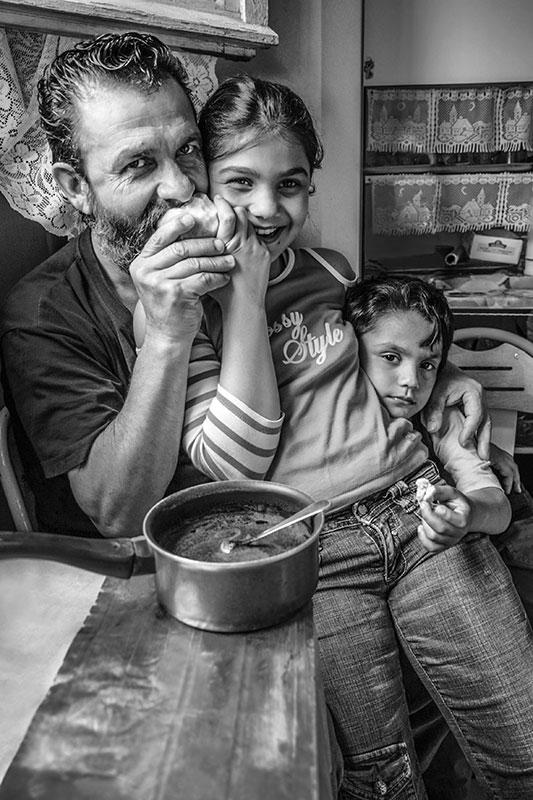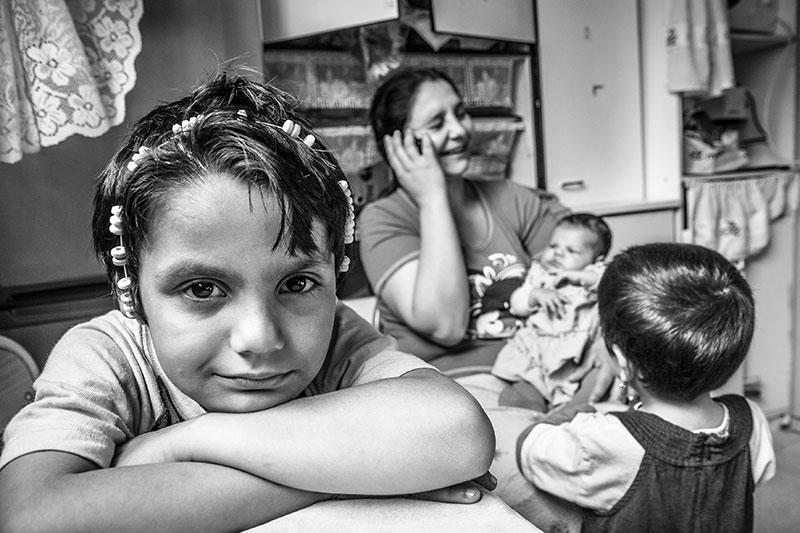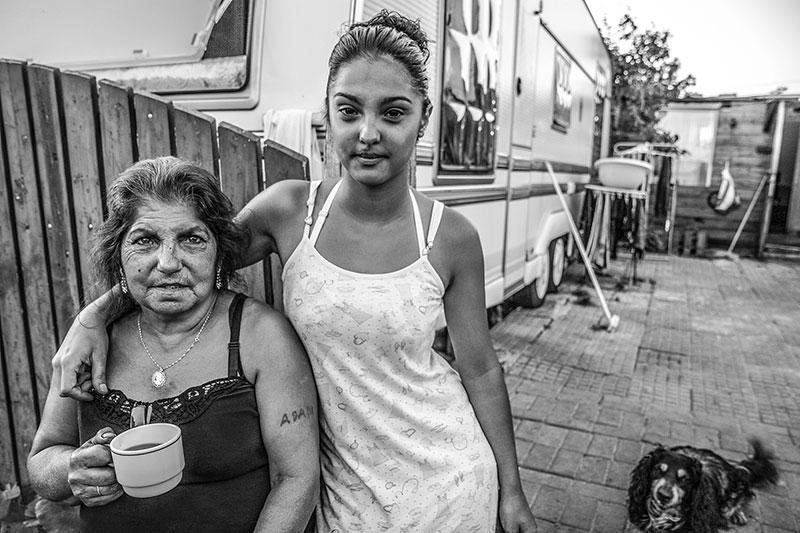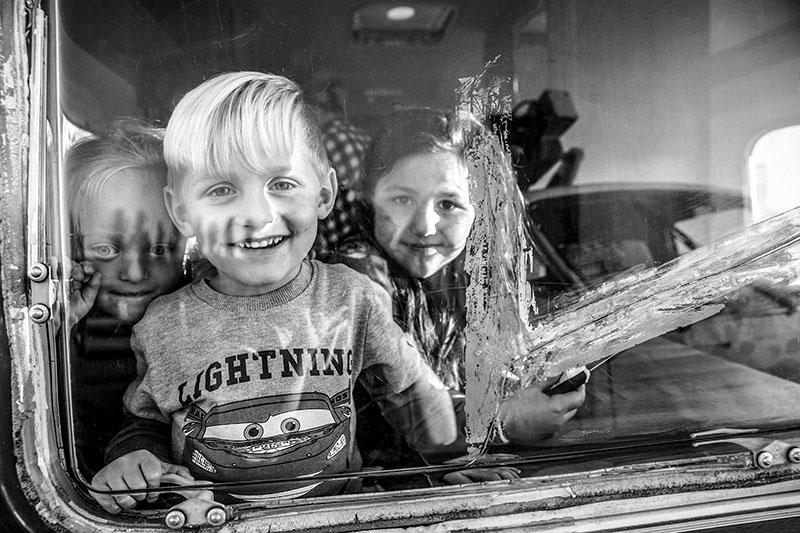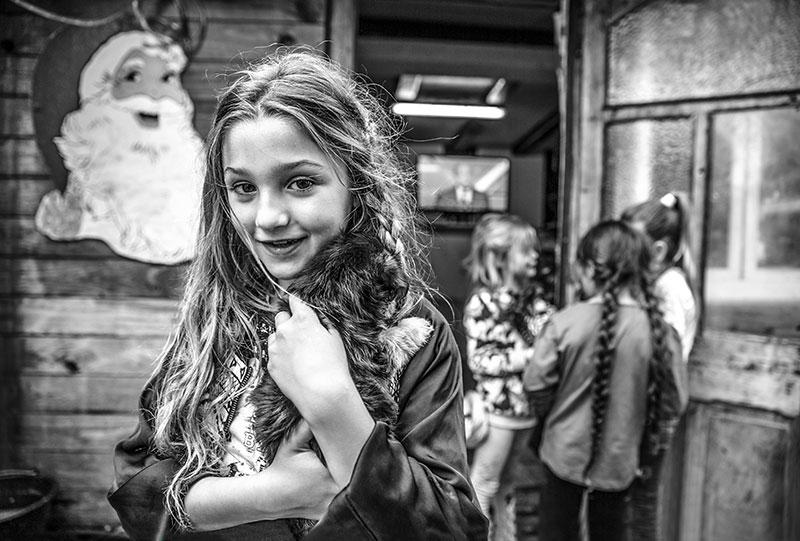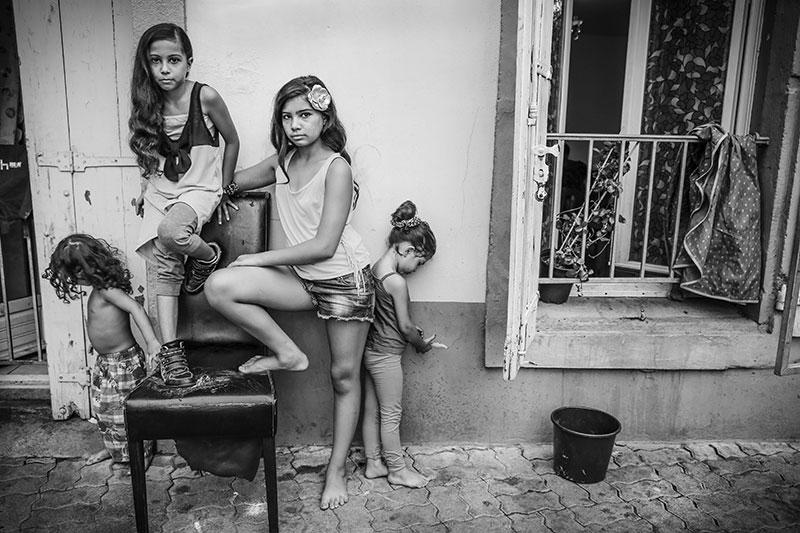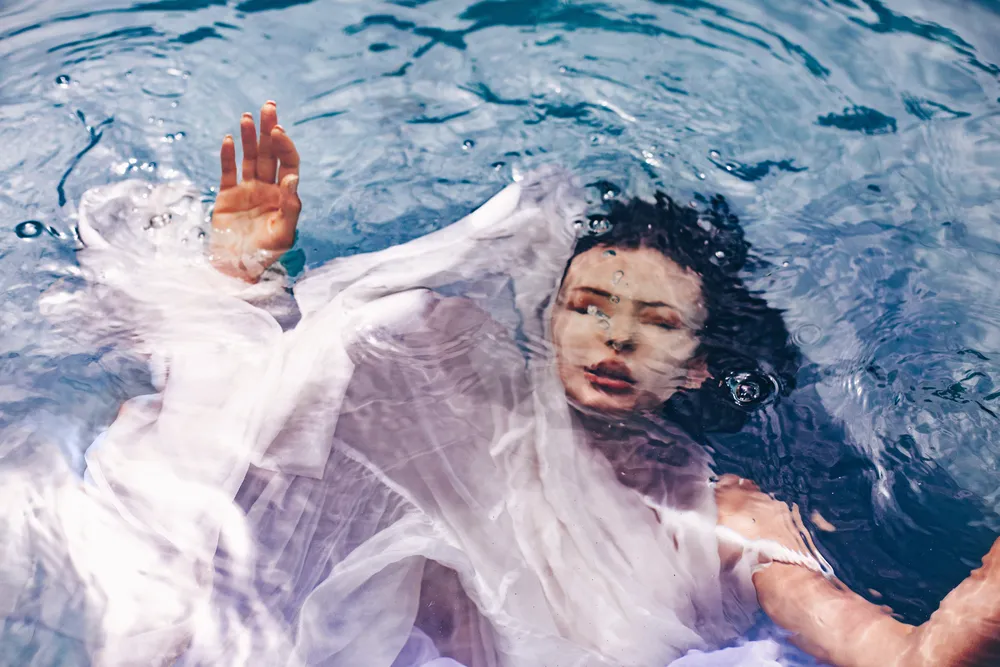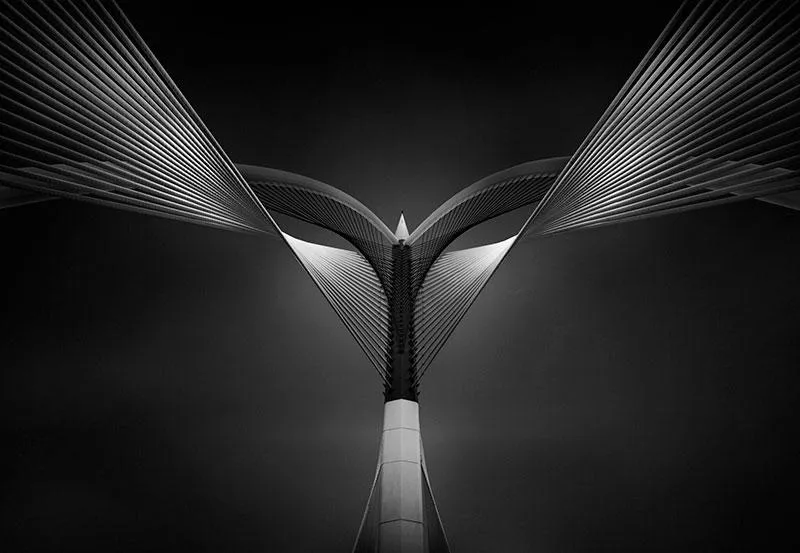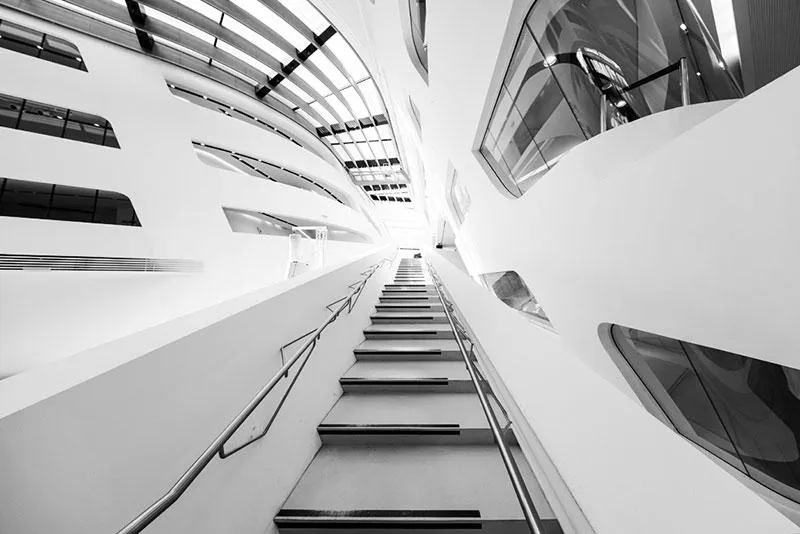Winners Gallery: Interview With Talented Jeannette Gregori
Jeannette Gregori is not a full time photographer, but her projects and images unmistakably make her a professional in her field. She was one of the winners of the International Photographer of the Year contest, with her photograph “Gypsy Childhoods”. The photograph is part of her series taken during visits to the Polygone Gypsy settlement in Strasbourg. Through her work, she shines light on stories that deserve to be heard.
As with many artists, the messages behind their photographs and projects extend beyond what we initially see from the winners gallery. Jeannette’s works are about communities and most importantly individual people. Today she shares her story, her tips on photography, achievements and some of her thoughts on topics that truly matter.
Tell us a little bit about yourself and your journey with photography.
I started studying literature and languages at college in Strasbourg, France. When I graduated, I got a position as an Associate Instructor at Indiana University teaching French to American students. I decided to take photography classes at the Fine Arts building. It was a liberating experience because my interest in photography had always been there in the back of my mind and needed to express itself.
Spending nights in the lab which was open until midnight (sometimes later), sitting for hours in the library leafing through books by the great social female American photographers allowed me to relate to them. I felt I could express my own vision of humanity and my concern for discriminated communities.
Back to Strasbourg, I took evening photography classes at Ecole des Arts Décoratifs and started to advocate women rights through some pictures. My series «Gypsy Childhoods» emerged a few years later. It was immediately in the spotlight with an exhibit for «The International Day of the Eradication of Poverty» at the multimedia library André Malraux in Strasbourg and the Council of Europe. Later, I was invited by Roma artists to take part in artistic residencies in Poland, the «Jaw Dikh» arts workshop. And then the Roma associations in France contacted me to accompany them in events of commemoration of the Roma genocide or militant activism.
How did you get from being an aspiring photographer to actually doing it full time, for a living?
I still don’t do it as a full time job. I teach photography, that’s what I do for a living. This situation allows me to choose the subject I am interested in and stick to it. I can make my photographic works evolve the way I choose. I am sometimes dependent on the conditions of the associations I work with but these remain manageable constraints.
How important is formal training for a photographer and how do you educate yourself to take better pictures?
Formal training is important by keeping in touch with other photographers and photography associations. Contemplating the photographic works of others is always instructive and enlightening. But I still believe that the composition is the crucial aspect of a successful photo. No matter how astounding the colors, no matter how good the posttreatment, if the composition is poor, I believe the photo cannot be considered as an extraordinary work. That’s why I always try to achieve better compositions.
What’s your philosophy in regards to your work?
As long as the subject is relevant or sensible, as long as the photographs carry a message which may just be to celebrate the beauty of life, photographers should continue to explore new themes and meet new people to photograph. Each photo should be made with the agreement of the protagonist. Offering expressions of your face, inviting the photographer inside your house are precious gifts that photographers should not take for granted and usually, they don’t. If the photo serves an injustice or denounces a social reality, it seems stronger to me but simple beauty or poetry are also elements which have their importance. You might need them to live or survive when your living conditions have become inhuman or degrading.
Among your projects, which series or a single photograph is your favourite? What’s the story behind the project or photograph?
My favorite series remains «Gypsy Childhoods» because it is representative of my first visits to the Polygone Gypsy settlement in Strasbourg. There is a sense of naturalness. even primitiveness in these pictures. My favorite pictures are «Djenissa» «Tifen and her grandfather» and «Shahynez» or «Shahyez and her dog Corso». I have remained in touch with these three Manush girls for almost ten years now. I know what they have been through and life has not always been a bed of roses for them. Violence and poverty are the scourges of these communities and when children are exposed to them, it is distressing.
What are some of the themes you explore in your works that are personally very close to you?
After dealing with the Roma and Sinti communities, I would like to explore women issues (social inequalities, single-parent families, abortion, the right to study in some countries …) As a woman I can definitely relate to all these issues and it is still necessary to advocate women rights today throughout the world.
What are some of the things you hope your audience will take away from your works?
I hope the audience will figure out the message of tolerance my pictures attempt to deliver. I hope they will stop judging discriminated communities and make an effort to understand them.
What is your favourite part about being a photographer?
Being a photographer is a great experience when you are on the spot and get the chance to live enriching experiences with the people you photograph. It is also rewarding to come back and give them the pictures.
Who were your biggest influences, where do you seek inspiration and what are the 3 things inspiring your work right now?
The social female American photographers inspired my work : Mary Ellen Mark, Dorothea Lange, Arlene Gottfried (who is more contemporary). Currently, what inspires me are great photography websites like LensCulture presenting young photographers who share their life experience with modesty like Daniel Coburn («The hereditary estate» series). His photographs are powerful without being provocative or destructive. The great photographers who explored the themes of Roma and Sinti before me like Joseph Koudelka, or Joakim Eskildsen. Eventually what inspires me is literature and painting. I think some novels are quite visual and the Renaissance painters or the naturalist painters (Jules Bastien Lepage, Léon Lhermitte) give ideas for great photographic compositions.
What motivates you to continue taking pictures economically, intellectually or emotionally?
Photography is a way to make your life meaningful. When you explore unknown issues and make them public, you art makes sense, it becomes a way to inform others or raise consciousness. I spent 6 months with the Gypsy community in Strasbourg before the destruction of the houses in which they had lived for 40 years. This work on the memory of the old world (houses, the way of live) was important for them and for the audience. Adjusting to a new life in conventional houses built by the administration of the City will be difficult for them and will bring about the loss of their essential values.
Would you say photography is more liberating or restrictive than other artforms? Do you pursue other artforms?
Some people think taking a good picture is a quick process. The posttreatment can last hours, days, weeks. I would say that it is as demanding or absorbing as a painter’s work. As for portraits or street photography, I have the feeling photography has become more restrictive because of image rights. I do not pursue any other art forms but I write life accounts about the people I photograph.
What do you consider your biggest success in your career so far?
The biggest success in my career is apart from the recognition of my peers (International Photographer of the Year, IPOTY awards, MonoVision awards, ND Awards in the people, children category), the acknowledgement I get from the Gypsy community each time they invite me or send me a message to tell me they like my works. Having an exhibit in Berlin in the gallery Kai Dikhas during the Berlin Month of Photography was also a successful experience. Lots of Roma people were present for the opening.
What makes a memorable photograph, in your opinion?
A memorable photograph should represent a decisive moment, show how history or environment are crucially affected by some events or transmit intense emotions. As for portraits, when the photographer knows the protagonist’s story and tries to translate it through a gaze, a gesture, the picture may become memorable.
Do you have any advice for aspiring photographers?
Try to achieve interesting compositions (foreground, middleground, background/elements in focus, elements out of focus/balance between the right-hand and the left-hand parts of the picture), this will make the difference.
Could you share with us one of your favorite editing tools or tips?
I do not have any editing tools to share. The only tip I could share with portraitists is to highlight the gaze, the look, the eyes. Always ask the person to think about a memorable event of his life according to the expression you wish to photograph.
How was your experience with participating in the contest International Photographer of the year? How do you feel about your accomplishment?
Getting the recognition of your peers is dramatically important especially when you’ve been working on your own for years on issues that are emotionally intense. I am grateful that such competitions exist because they do not necessarily reward the photographers who have already earned international acclaim. They seem to focus on talent and that is just legitimate. Thank you to the team and jury of International Photographer of the Year (IPOTY).
What is one question nobody has ever asked you about your work that you wish they had?
I wish someone had asked me “Why are children at the core of your photographic works?” Then, I would have answered : “They are all the children that fate placed on my way after I realized I would not become a mother”.
To see more works by Jeannette Gregori, visit her personal website, Facebook and Instagram.
